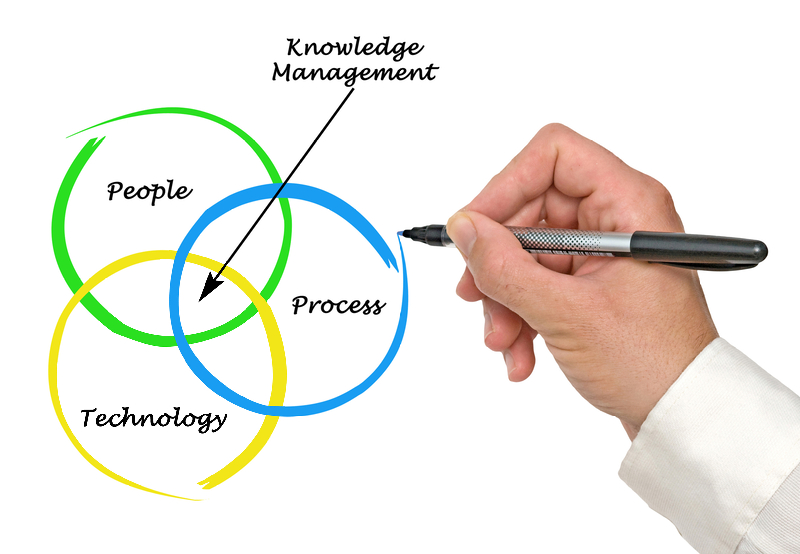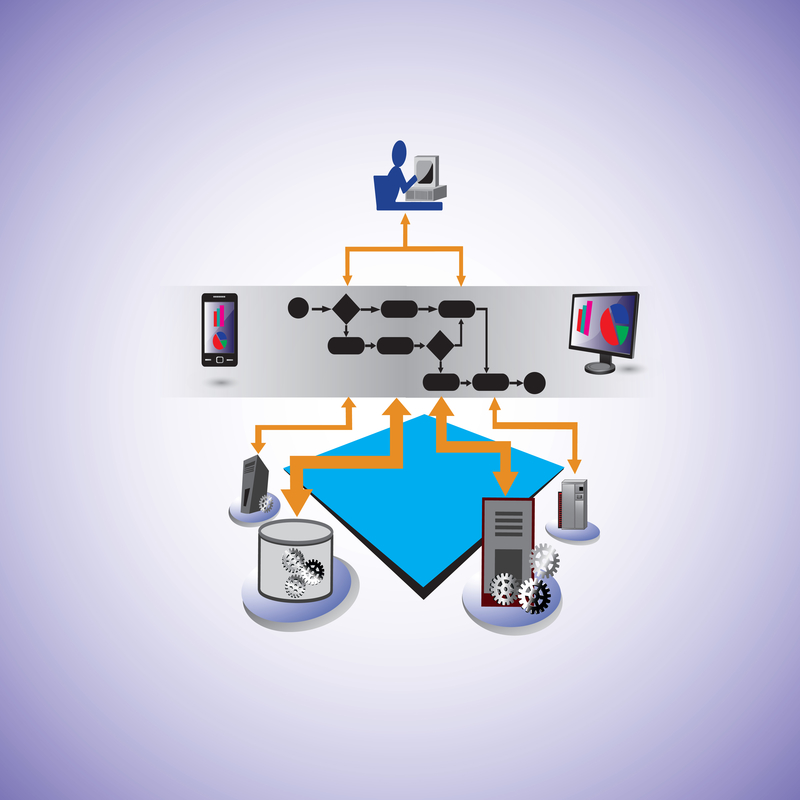Knowledge Graphs for the Enterprise
 One major organizational challenge is to maintain the knowledge that contributes to an organization’s competitiveness and differentiates it in the market. By using information in a resourceful manner, which is mostly achieved through experience, organizations gain knowledge about processes, products and services unique to their offering. Currently such knowledge is captured, for better or worse, in procedural documents, process definitions, recipes, bills of materials and other artifacts. Given the constant changes in market conditions, employee turn- over, product evolution and changes in supply chain, a corporation must develop a clear strategy to maintain this knowledge in order to minimize knowledge loss.
One major organizational challenge is to maintain the knowledge that contributes to an organization’s competitiveness and differentiates it in the market. By using information in a resourceful manner, which is mostly achieved through experience, organizations gain knowledge about processes, products and services unique to their offering. Currently such knowledge is captured, for better or worse, in procedural documents, process definitions, recipes, bills of materials and other artifacts. Given the constant changes in market conditions, employee turn- over, product evolution and changes in supply chain, a corporation must develop a clear strategy to maintain this knowledge in order to minimize knowledge loss.


 The topic of knowledge management has grown in importance in recent years. It has become evident that retaining knowledge has a direct impact on staying competitive in the market. Acquisitions, mergers, employee turn-over and outsourcing all contribute to the challenge of retaining critical knowledge within an organization. This has introduced a host of new technologies to help in retaining corporate knowledge, assist in exchanging knowledge, and developing new knowledge. These technologies and processes are implemented and applied on a business need basis and therefore lack an overall corporate knowledge management strategy, significantly limiting their usefulness. The fundamental question is: what does knowledge management in the context of a corporation actually mean [1]? ISO 30401:2018 simply states that knowledge management is maintaining knowledge but does not clearly define the how, the what and the why for it.
The topic of knowledge management has grown in importance in recent years. It has become evident that retaining knowledge has a direct impact on staying competitive in the market. Acquisitions, mergers, employee turn-over and outsourcing all contribute to the challenge of retaining critical knowledge within an organization. This has introduced a host of new technologies to help in retaining corporate knowledge, assist in exchanging knowledge, and developing new knowledge. These technologies and processes are implemented and applied on a business need basis and therefore lack an overall corporate knowledge management strategy, significantly limiting their usefulness. The fundamental question is: what does knowledge management in the context of a corporation actually mean [1]? ISO 30401:2018 simply states that knowledge management is maintaining knowledge but does not clearly define the how, the what and the why for it.  Given the diverse application landscape of companies, the integration of these applications to support a robust and reliable message exchange is more relevant than ever. These integrations can be categorized into vertical and horizontal integrations. Horizontal integration reflects the different applications and business partners that are engaged in the exchange of messages. Vertical integration can be further categorized into four layers: communication, message structure, data elements, and business process. The complexity of a problem can be reduced by subdividing the problem into smaller problem spaces that are self-contained units, or in this case, layers.
Given the diverse application landscape of companies, the integration of these applications to support a robust and reliable message exchange is more relevant than ever. These integrations can be categorized into vertical and horizontal integrations. Horizontal integration reflects the different applications and business partners that are engaged in the exchange of messages. Vertical integration can be further categorized into four layers: communication, message structure, data elements, and business process. The complexity of a problem can be reduced by subdividing the problem into smaller problem spaces that are self-contained units, or in this case, layers.  Integration (EAI) has evolved from a simple architecture of connectors that mostly support point-to-point integration scenarios to today’s sophisticated middleware platforms that manage the integration of enterprise applications in numerous ways. With the advent of cloud applications and the need to integrate them into the enterprise ecosystem, the development of robust integration solutions is more relevant than ever before.
Integration (EAI) has evolved from a simple architecture of connectors that mostly support point-to-point integration scenarios to today’s sophisticated middleware platforms that manage the integration of enterprise applications in numerous ways. With the advent of cloud applications and the need to integrate them into the enterprise ecosystem, the development of robust integration solutions is more relevant than ever before.